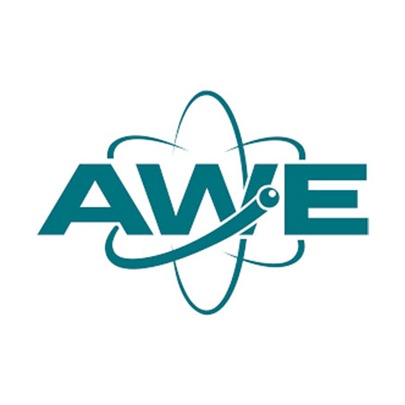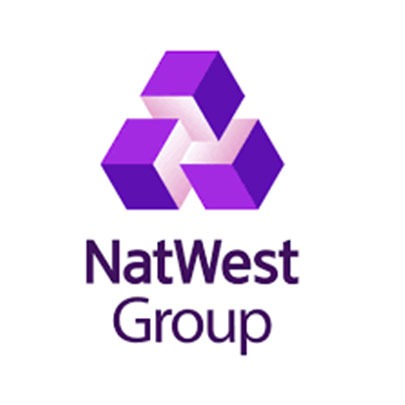
In today’s fast-paced and interconnected world, forward thinking organisations are looking at employee networks as key enablers of making the business strategy happen through engaging a diverse workforce. Employee networks, also known as employee resource groups (ERGs), are groups of employees who come together around a shared identity, interest or goal. Many employee networks start out as places for underrepresented employees to connect, share their experiences and support each other. Often started and led by passionate professionals, we often hear employee network leaders who we work with, talk about the lack of time they have to make the impact they would like to.
Graduating from our programmes, employee network leaders often comment that they have re-focused their efforts on the things that have a greater impact. As a result they not only hold safe space for their colleagues but feel satisfaction knowing the actions they take have a direct impact on their business. They move from just running an employee network, to leading a movement that has a positive impact on inclusion.
Running an employee network can be a rewarding experience, but it can also be challenging, especially for busy professionals who already have a full plate. In this article, we provide some tips on how to more effectively run an employee network as a busy professional.
1. Define the Purpose and Goals of the Network
The first step in running an employee network is to define its purpose and goals. What is the network’s mission? Who is it for? What are its objectives? It is important to have a clear understanding of what the network is trying to achieve in order to be effective. This will help to keep the network focused and ensure that its activities align with its goals, linking with other networks as well as Equity, Diversity and Inclusion teams and the HR or People function. Having a clear purpose helps employee network leaders make the best use of limited time by focusing on activities that have greater impact.
2. Build a Strong Team
Building a strong team is a key skill for employee network leaders who may not have people leadership experience. As a busy professional, it is important to delegate responsibilities to other members of the team. Employee network leaders often tell us that applying what we share and teach around delegating and prioritising is the one thing that makes them get their time back. Identify individuals who are passionate about the network’s purpose and are willing to take on responsibilities. Establish clear roles and responsibilities for each team member to avoid confusion and ensure accountability. By involving other network members, you can expand your reach and drive more impact, while also reducing the burden on your time.
3. Establish Clear Communication Channels
Communication is key to the success of any employee network. Establishing clear communication channels is important to ensure that members can stay connected and up-to-date with network activities. When employee network leaders do this well, we find they need to get less involved in every conversation and this frees up their time to focus on activities where their specific input makes a bigger difference. Employee resource group leaders we work with have had success experimenting with a variety of channels such as virtual meeting platforms, collaborative project tools such as trello and asynchronous communication tools such as slack, in addition to meetings, email and chat. Encourage members to use these channels to share their ideas, feedback and suggestions. Assess what works, stay agile and iterate until you find what works for your employee network and culture.
4. Measuring Impact
Most of the busy employee network leaders we work with find it enlightening to think about all the tasks they do and evaluate the impact they have on what the network is aiming to achieve. Oftentimes they are focused on measuring the impact of their employee network as a whole, forgetting that the impact of their tasks is equally important. Employee network leaders find it liberating to evaluate how successful they are at achieving their goals, as often the most time consuming tasks do not drive the greatest impact. Regularly measuring personal impact and identifying areas for improvement has resulted in employee network leaders we work with to delegate and automate tasks that don’t add enough value. Determine what success looks like for the network as a whole and establish metrics to track your specific progress towards those goals to check that what you do with your limited time, has the biggest bang for buck. We spend time on this topic as part of our courses, looking at member feedback surveys, tracking attendance and engagement at events and achievement of hard KPI’s and targets in line with increasing inclusion in the network and company more broadly.
5. Seek Support from Leadership
Seeking support from leadership and actively engaging employee network sponsors can help to elevate the profile and impact of your employee network. It is important to communicate the value and impact of the network to the leaders you are working with and be specific about what support you would like from them. Doing this well can free up valuable time and increase impact so it can be useful to think of seeking support as an important task in its own right. Another time saving tip is to seek support from other employee networks and teams in the organisation like HR and EDI teams. Collaborating well can streamline tasks and free up time for you to focus on the higher impact activities in your employee network.
In conclusion, running an employee network as a busy professional can be a rewarding and fulfilling experience. It provides an opportunity to create a sense of community and promote diversity, inclusion and equity within the workplace. If you are finding this is taking too much of your time and energy it might be time to step back and assess what you are trying to achieve and align the most value adding tasks with those that directly drive the purpose and strategy of the network. Lean on your team, delegate tasks and ask for help from leadership. We have found that clarifying communication channels and assessing the impact of each task can help employee network leaders feel a greater sense of achievement and satisfaction and avoid overwhelm. Most importantly, if it gets too much, please make sure you ask for help, small things can make a big difference to your sense of time and achievement as an employee network leader.
Check out the video example below from one of our Employee Network Lead Graduates @UK Space Agency










































































































































































































































































